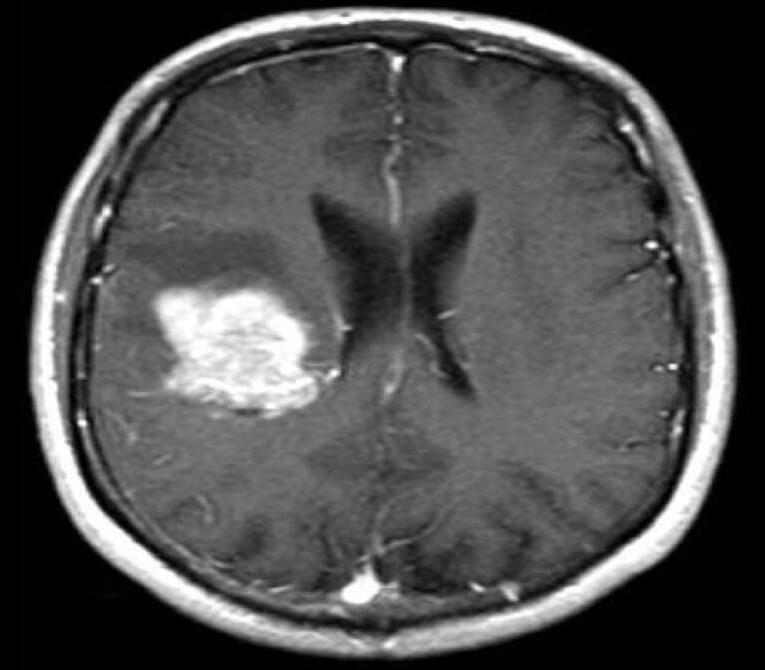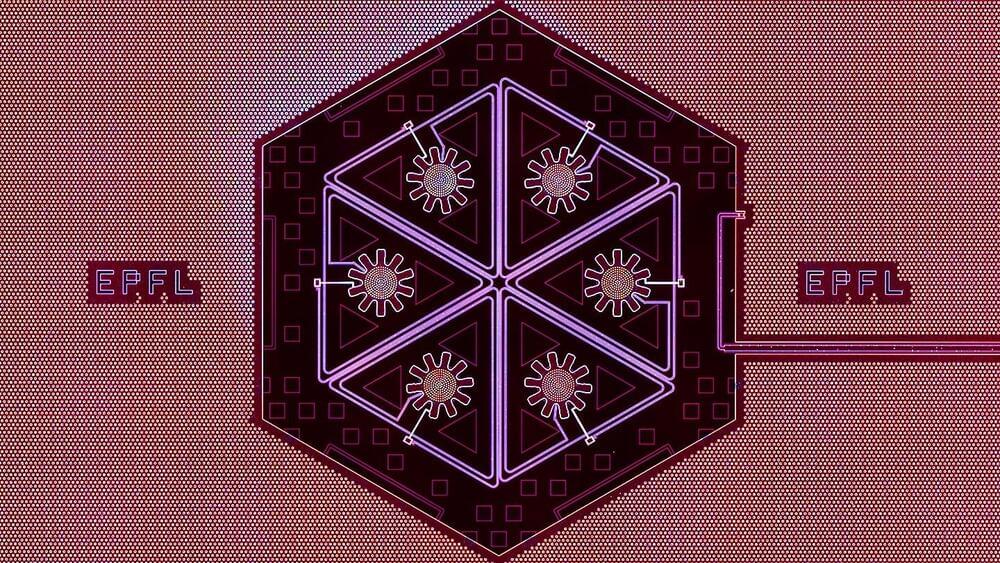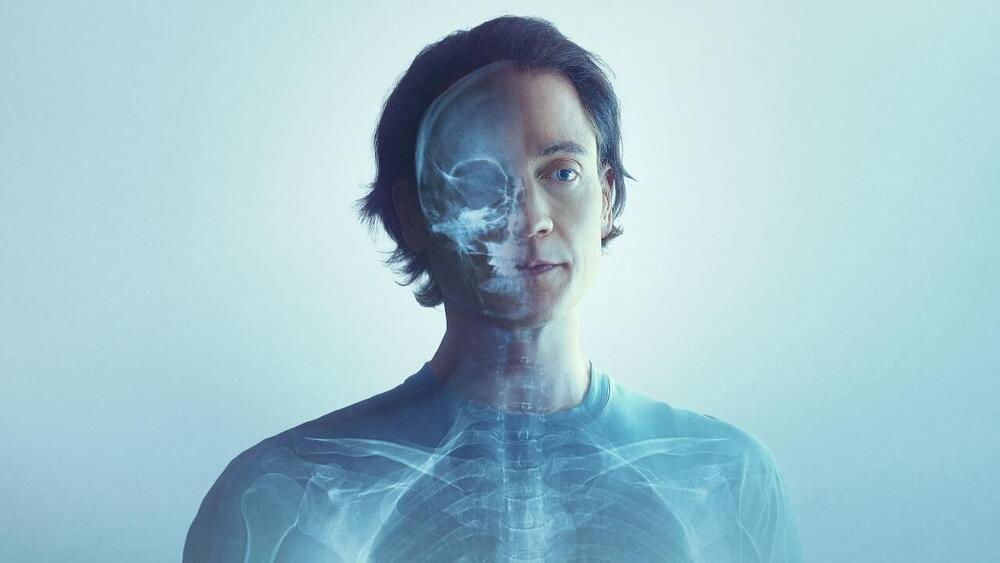Microsoft migrates. NET installers to Azure Front Door as Edgio ends January 15, 2025. Action required: update domains by January 7, 2025.


New “DoubleClickjacking” attack bypasses clickjacking protections by exploiting double-click timing gaps, enabling account takeovers.

Heninger and Johnson argue that chaos theory limits the capacity of even superintelligent systemsin simulating/predicting events within our universe, implying that Yudkowskian warnings may not accurately describe the nature of ASI risk. #aisafety #ai #tech
Completely eliminating the uncertainty would require making measurements with perfect precision, which does not seem to be possible in our universe. We can prove that fundamental sources of uncertainty make it impossible to know important things about the future, even with arbitrarily high intelligence. Atomic scale uncertainty, which is guaranteed to exist by Heisenberg’s Uncertainty Principle, can make macroscopic motion unpredictable in a surprisingly short amount of time. Superintelligence is not omniscience.
Chaos theory thus allows us to rigorously show that there are ceilings on some particular abilities. If we can prove that a system is chaotic, then we can conclude that the system offers diminishing returns to intelligence. Most predictions of the future of a chaotic system are impossible to make reliably. Without the ability to make better predictions, and plan on the basis of these predictions, intelligence becomes much less useful.
This does not mean that intelligence becomes useless, or that there is nothing about chaos which can be reliably predicted.
For the first time, a framework shows Einstein’s relativity aligns with quantum physics.
Scientists have finally figured out a way to connect the dots between the macroscopic and the microscopic worlds. Their magical equation might provide us answers to questions like why black holes don’t collapse and how quantum gravity works.


This is a low-effort post. I mostly want to get other people’s takes and express concern about the lack of detailed and publicly available plans so far. This post reflects my personal opinion and not necessarily that of other members of Apollo Research. I’d like to thank Ryan Greenblatt, Bronson Schoen, Josh Clymer, Buck Shlegeris, Dan Braun, Mikita Balesni, Jérémy Scheurer, and Cody Rushing for comments and discussion.
I think short timelines, e.g. AIs that can replace a top researcher at an AGI lab without losses in capabilities by 2027, are plausible. Some people have posted ideas on what a reasonable plan to reduce AI risk for such timelines might look like (e.g. Sam Bowman’s checklist, or Holden Karnofsky’s list in his 2022 nearcast), but I find them insufficient for the magnitude of the stakes (to be clear, I don’t think these example lists were intended to be an extensive plan).

Chinese scientists have found a common hypertension drug could prove potent in treating a rare but highly invasive brain tumour.
Although craniopharyngioma is a benign tumour, it can cause complications due to its growth along the critical nerve structures of the brain close to the hypothalamus and the pituitary gland.
Given its location, the tumour can cause hormone dysfunction and metabolic disorders, like obesity, diabetes and hypothyroidism.

Scientists at EPFL achieved a breakthrough by synchronizing six mechanical oscillators into a collective quantum state, enabling observations of unique phenomena like quantum sideband asymmetry. This advance paves the way for innovations in quantum computing and sensing.
Quantum technologies are revolutionizing our understanding of the universe, and one promising area involves macroscopic mechanical oscillators. These devices, already integral to quartz watches, mobile phones, and telecommunications lasers, could play a transformative role in the quantum realm. At the quantum scale, macroscopic oscillators have the potential to enable ultra-sensitive sensors and advanced components for quantum computing, unlocking groundbreaking innovations across multiple industries.
Achieving control over mechanical oscillators at the quantum level is a critical step toward realizing these future technologies. However, managing them collectively poses significant challenges, as it demands nearly identical units with exceptional precision.

Albert Einstein’s theory of general relativity has revolutionized our understanding of gravity and the universe. However, it leaves some unanswered questions, particularly about singularities and black holes.
Recent studies suggest quantum mechanics could help resolve these mysteries and offer new insights into the fundamental nature of space-time and black holes.
General relativity is a theory developed by Albert Einstein to explain how gravity works.
